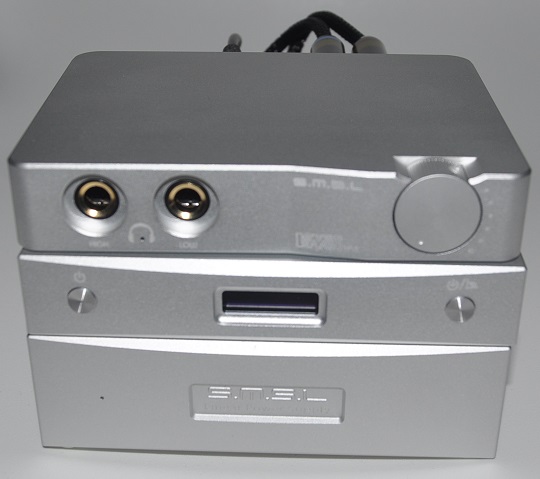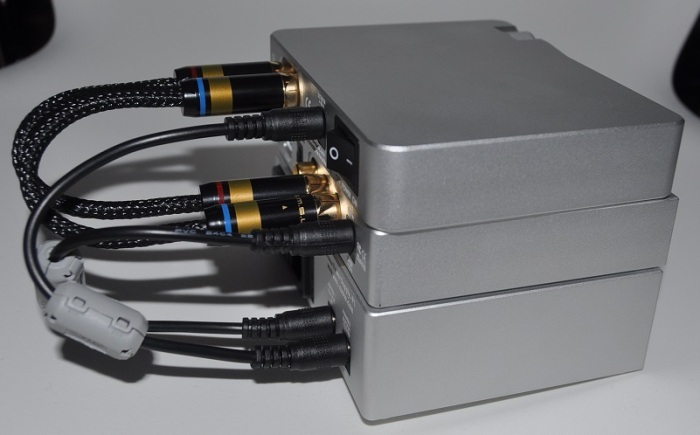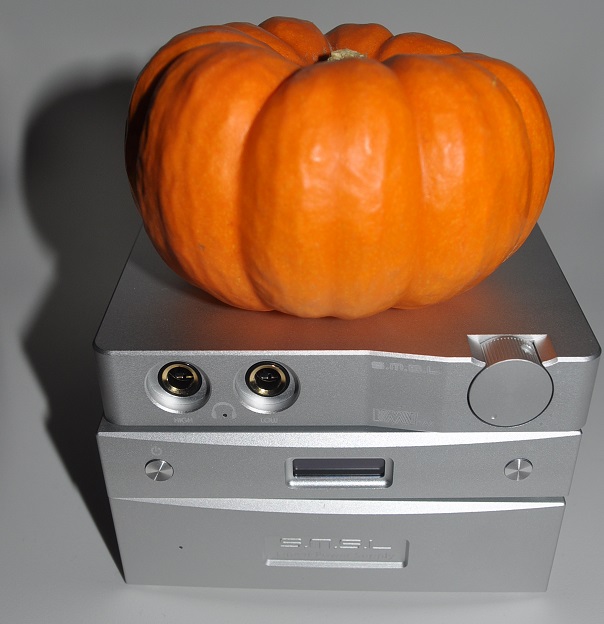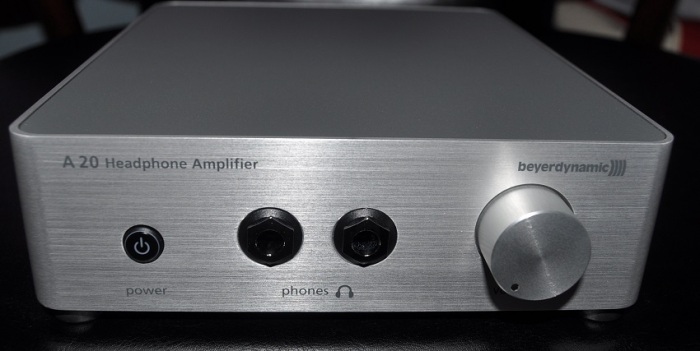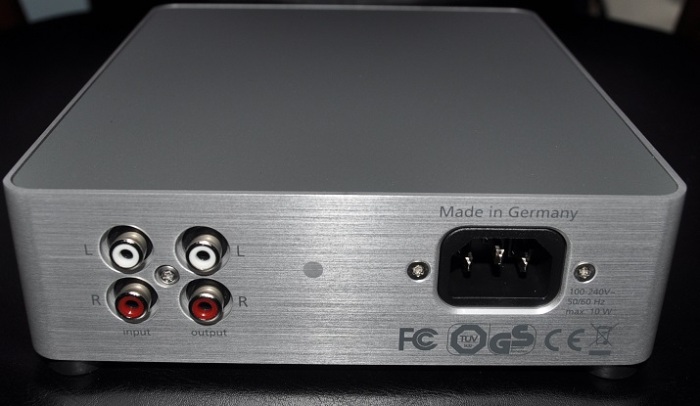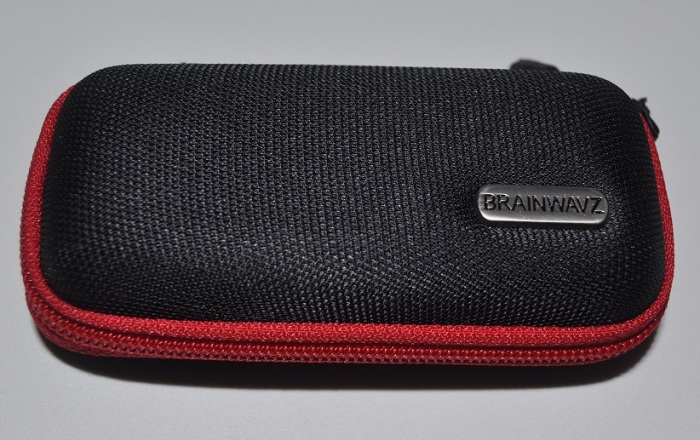
http://www.brainwavzaudio.com/blogs/news/brainwavz-m100-hifi-audio-october-2016
Driver Type 8mm Dynamic
Plug Type 3.5mm Gold-plated
Cord Length 1.3m Y
Frequency Response 12 Hz – 22 kHz
Impedance 32 Ohms
Sensitivity 110dB / mW @ 1kHz
Remote Android and Apple compatible
$89.50 new
OVERVIEW
The M100 is a new IEM from Brainwavz that has a goal of sounding great amped. Amping any headphone can provide better control of the driver by damping which essentially removes unwanted distortion caused by ringing in the driver. An amp also provides enough power to overcome the needs of low sensitivity headphones where a portable source or on-board soundcard might lack in power. Lastly, amping a headphone can play around with impedance matching conditions between the output of the amp and the headphone impedance which in many cases is not always linear. In this review I will look not only into the sonics of the M100, but compare it amped and unamped and conclude if the M100 is truly designed to sound better amped.
AESTHETICS
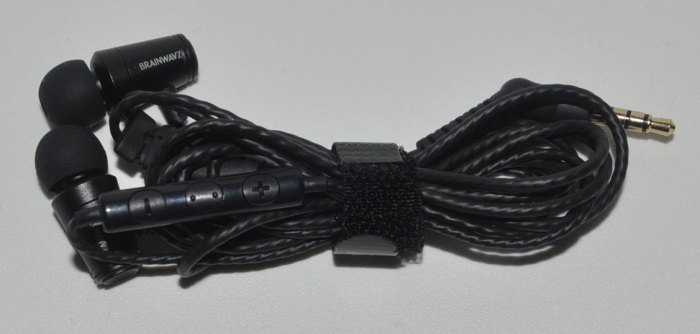
Being the most recent iteration the M100 is sleek having metal housings, an angled jack-plug, in-line remote, and a ton of tip selections. The carrying case is hard and acts as quick storage of the IEMs and tips. The much needed shirt clip is also included. Most IEMs these days have noticeable microphonics in the cable and the M100 is no exception. The shirt clip removes the excess noise generated by the microphonic cable.
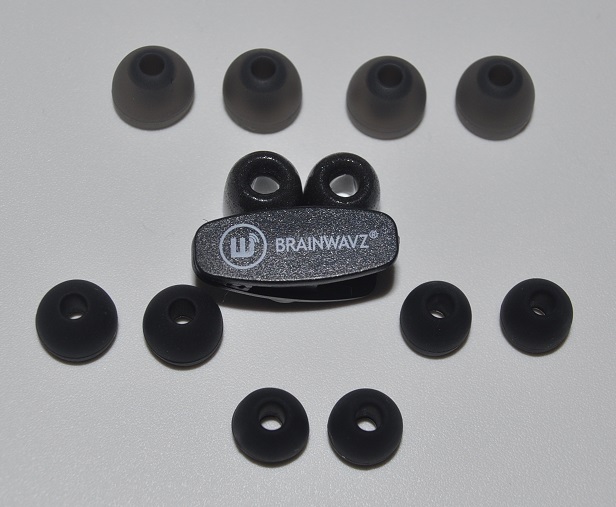
As you see there are several tips to choose from including a pair of Comply foam tips which I find a must with IEMs. The carrying cause is robust enough to keep your precious IEMs safe, but it is small enough to easily tuck away in a small pocket of a backpack. The jack-plug is angled at 45-degrees making it slip into all of the portables I tested including an Android phone and an Apple iPod both of which were in their cases.
The M100 is well accessories. Well done Brainwavz!
Being so new at the time of this review I contacted Brainwavz inquiring about the specs and any recommendations they had regarding sonics. With a sensitivity of 110dB / mW this IEM is super easy to drive which made me scratch my noodle a bit because when I think about amping a headphone I immediately think low efficiency. Keeping an open mind I started my listening tests using an amp. Both the VA2 from SMSL and the BUDA from HeadRoom have output gain switches which alter the output impedance along with the output voltage. This is handy when testing headphones that have impedance curves that are not flat like the Shure SE315 or any multi-driver IEM for that matter. The M100 has a single dynamic driver so I suspect its impedance is quite flat, but at the time of this review I did not have the impedance measurements.
Amped: Plugging the M100 into the low-gain jack on the VA2 amp, turning up Arye’s Pink Noise track from their Irrational, but Efficacious test album, and listening to the general sound signature revealed ann immediate emphasis on the bass, some unevenness in the treble, and definite to severe treble roll-off. This is a bassy IEM.
So how steep is the treble roll-off? I moved to my treble test tracks and selected Entry Into the Great Hall / The Banquet from the Harry Potter and the Sorcerer’s Stone (Original Motion Picture Soundtrack). At the beginning there are some chimes along with bells that are easily discerned with the HE-400i I use as a reference, but they are faint with the M100. I am not surprised, but I had hopes that the pink noise test was missing something. Sadly, the micro-details found in the treble are hidden away behind the bass. I would really like to see Brainwavz increase the treble extension to at least 7 kHz before the drop and increase the amplitude 4dB to provide a more spacious-sounding and detailed IEM.
Does the M100 have the sweet midrange that Brainwavz is known for? Yes, it sure does. It is not laid back at all, but it also is not so up-front that it causes listening fatigue. The M100 is easy on the ears.
Amped I did notice some distortion develop on busy-sounding tracks like Fallin’ & Flyin’ from the Crazy Heart: Original Motion Picture Soundtrack. The lack of separation and extra bass distorts the driver and muddies up the clarity of tracks like this one.
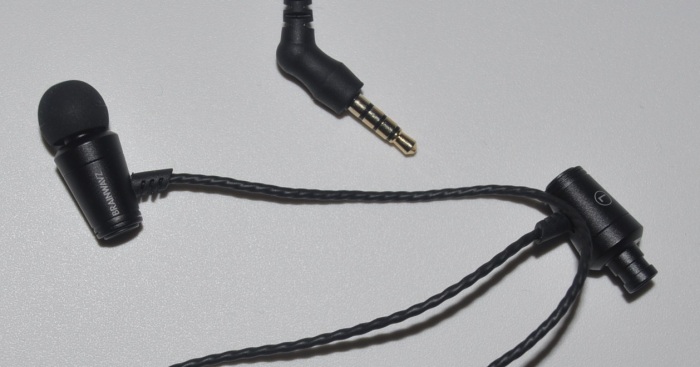
Unamped: I test all headphones amped and unamped and because the M100 is being marketed as amp-friendly I started with amped listening. Let’s look at how it sounds unamped, notice the strengths, and list some of the problems that develop.
I immediately booted up my iPop touch and selected Te Veo Nena by El Gran Combo de Puerto Rico from the Arroz Con Habichuela album. I like this track because it instantly tells how well a headphone can separate instrumentation in busy beats. Unfortunately the M100 exhibits distortion on this track from the beginning. The horns in particular sound crunchy like the smooth sinusoidal notes are becoming jagged and square. The distortion reduces using an amp, but persists.
Amped it was easy to find tracks that were fun to listen to with the M100. Unamped it is much more difficult. The bass boom overwhelms the clarity of tracks like Blockhead’s Insomniac Olympics track from their Music By Cavelight album. The overlaying downtempo bass suffocates the nuances of horns and piano.
I figured the M100 would sound good with electronic music with all of its bass emphasis and laid back sound, but even Dub Sessions 1 (Nadja Lind Sickness of the Mind Remix) by Universal Language & Nadja Lind from the Golden Karma – Finest Selection of Relaxing Chill out, Yoga Flow, Deep Electronic Ambient and Binaural Meditation is simply too bassy to be enjoyed. I did like the extras on tracks like Great Big Sea’s Summer on their Something Beautiful album. The lack of treble does make the echoes and instrument separation hard to discern, but the smooth-sounding bass is sublime.
The M100 has an in-line mic which I tested. To all callers it sounded muffled and distant which is a shame because some people will really enjoy the bassy M100. The poor quality mic makes the M100 less utilitarian and more about just being a fun, albeit, boomy IEM.
In hopes that Braiwavz lowers the bass by 3dB and improves the treble by the same amount I suggest waiting on future iterations of the M100. I found this IEM does sound its best amped so Brainwavz has achieved that goal, but it would make more sense to make it sound even better through a portable which is where I suspect most users are going to use it. Many of the design features make the M100 hard to shy away from because you get a wonderful selection of tips, a shirt clip, and a tough carrying case. The built-in cable cinch is a nice touch too. If getting the best sound from an IEM is your goal I suggest going with a different IEM, but if you enjoy extra bass and comfort then the M100 is worth a try.
